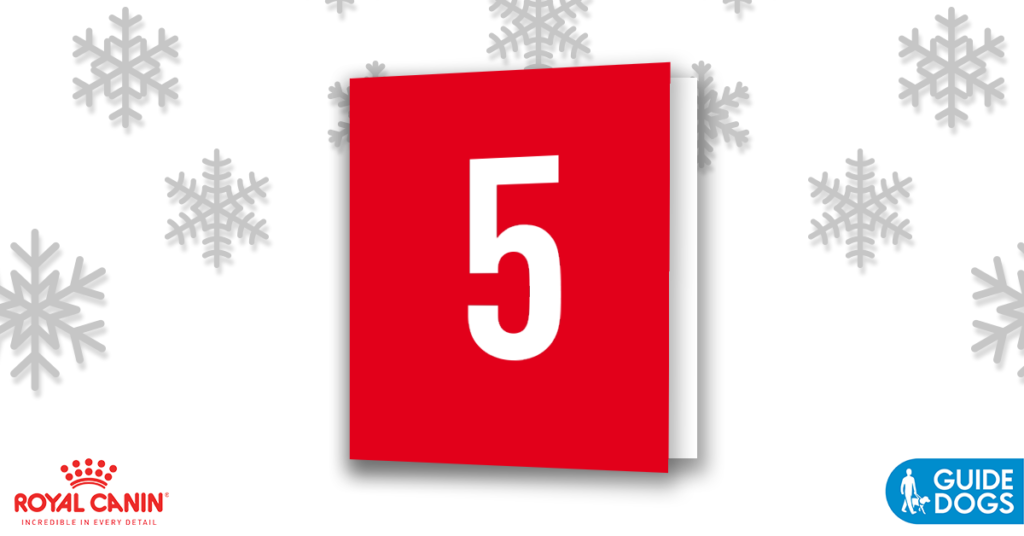Labrador Retrievers are good-tempered, very agile and active, with an excellent nose and a natural love for being in water. These loyal, easy-going dogs make wonderfully adaptable companions, and therefore excellent guide dogs.
Highly intelligent, intuitive and naturally friendly, Labrador Retrievers demonstrate all the characteristics you’d expect from one of the most popular guide dog breeds, as well as dog breeds in general worldwide.
Labrador history
Labrador Retrievers are named after Labrador in northeast Canada, where they are still a very popular breed (along with the USA). However, they were first bred in the modern sense by the British. The Kennel Club first registered the breed in 1903.
British Colonists in Newfoundland came across a black dog used by the indigenous population and soon came to understand its utility. Called St. John’s Water Dogs, they were to become the ancestors of the breed we know and love today as the Labrador retriever.
As a distinctive feature, their tail is very thick at the base, gradually tapering to the tip. It is of medium length, and covered in short, thick dense hair without feathering, giving it a rounded appearance described as an “otter’s tail”. These body features increase their ability to swim powerfully and tolerate the coldest of water for extended periods of time.
In 2014, the UK breed survey reported that the average lifespan for the Labrador Retriever is just over 12 years, with some living up to the age of 19. (Kennel Club, 2014) When planning to keep as pets, Labrador puppies typically aren’t brought home until they are 8 weeks old. (Kern, 1987)
Guide Dog abilities
Due to their calm, patient and obedient nature, Labradors are well known for helping to provide independence to the blind and those who have autism.
The assistance of a Labrador allows their owner to walk freely, i.e. to the shops, and go to school and classes unaided by another person or a cane. This is, of course, once they’ve had sufficient practice with their Labrador guide dog in a suitable environment under professional supervision.
Watch Liam’s story and find out about his guide dog, George, here.
Labradors have even been known to rescue people in emergency situations. One real life story saw a famous and revered Labrador named Endal (“the most decorated dog in the world”) save his unconscious owner by placing him in the recovery position whilst he retrieved his mobile phone from under a car.
Then, he fetched a blanket, covered his owner, barked at people to signal an emergency, and then ran to a nearby hotel for help. (Blystone, 2000)
Amazingly, a number of Labradors have also been known to help their owner in removing money and bank cards from cash machines with prior training. (Metro, 2007)
Support Labrador Guide Dogs
We hope you agree that the Labrador Retriever is quite an extraordinary breed – suited for extraordinary people and situations.
This Christmas we’d like to encourage you to give the gift of Guide Dog Sponsorship – visit our Christmas Hub to find out more.
